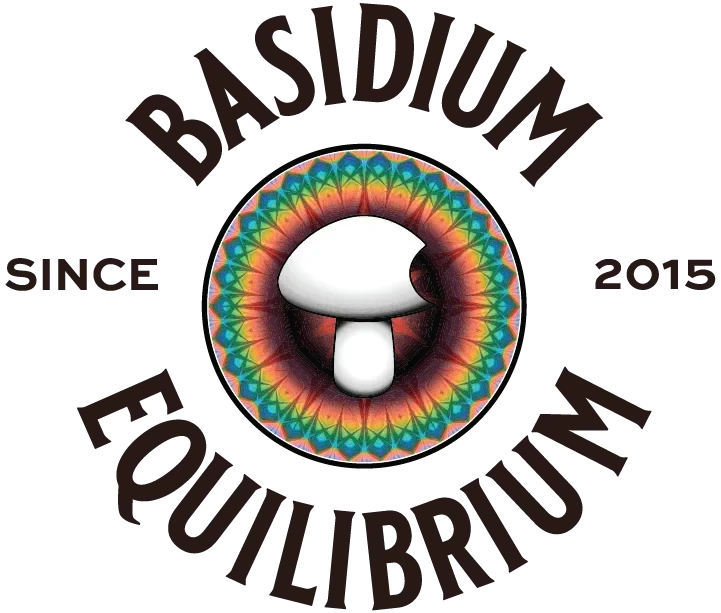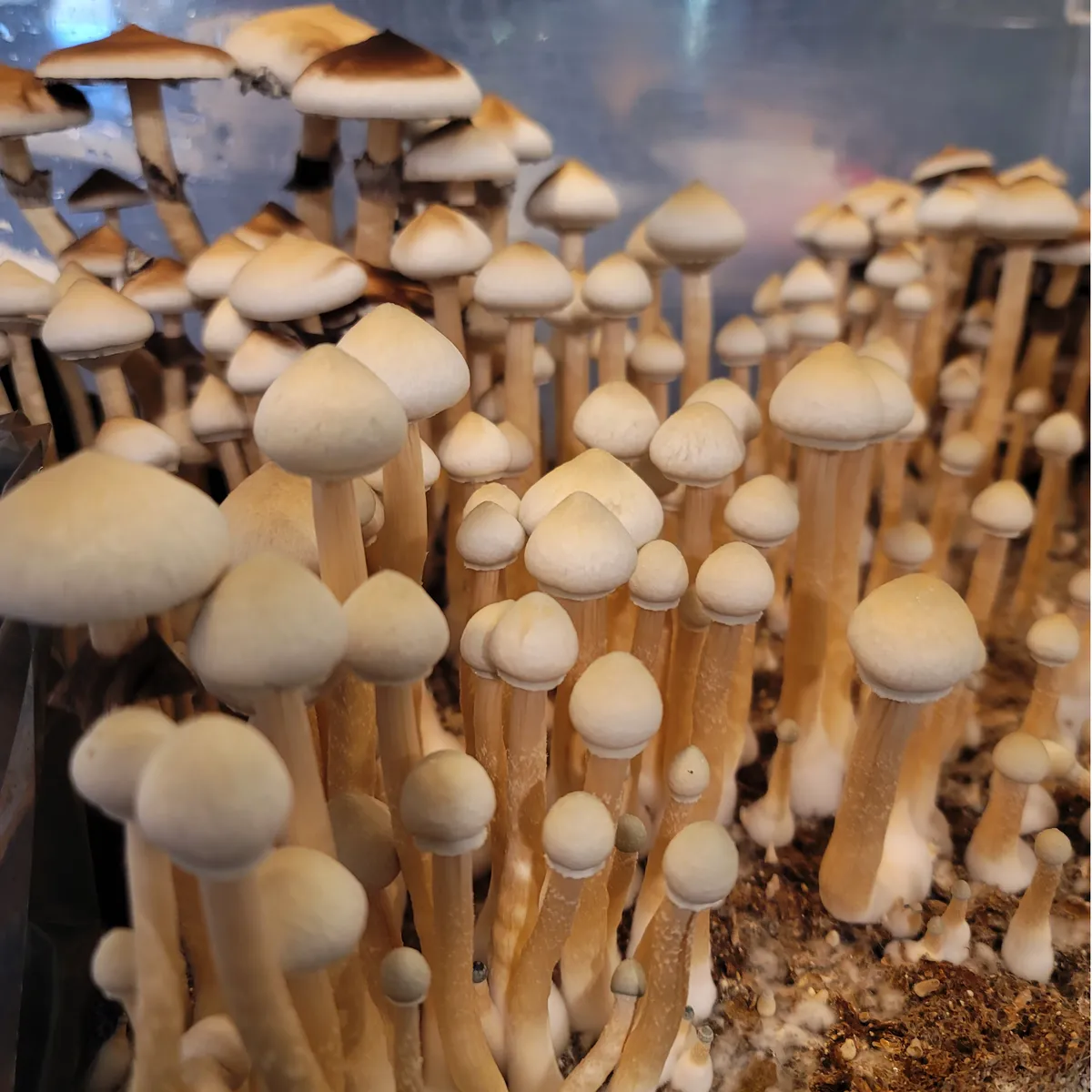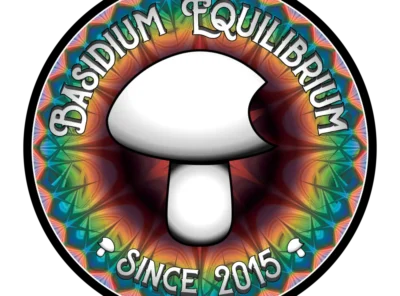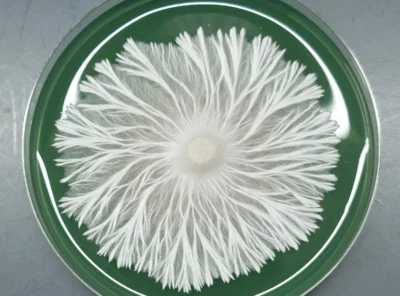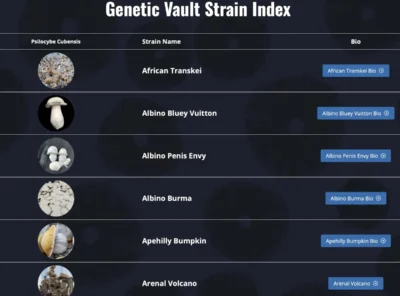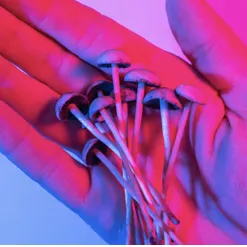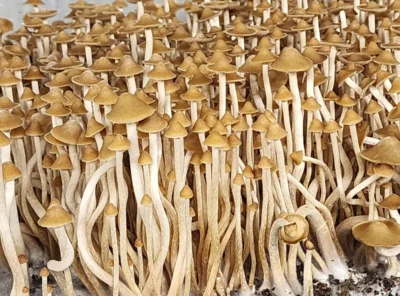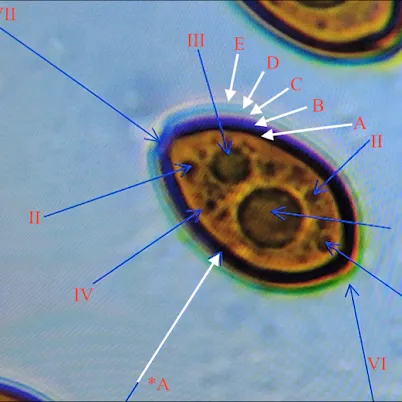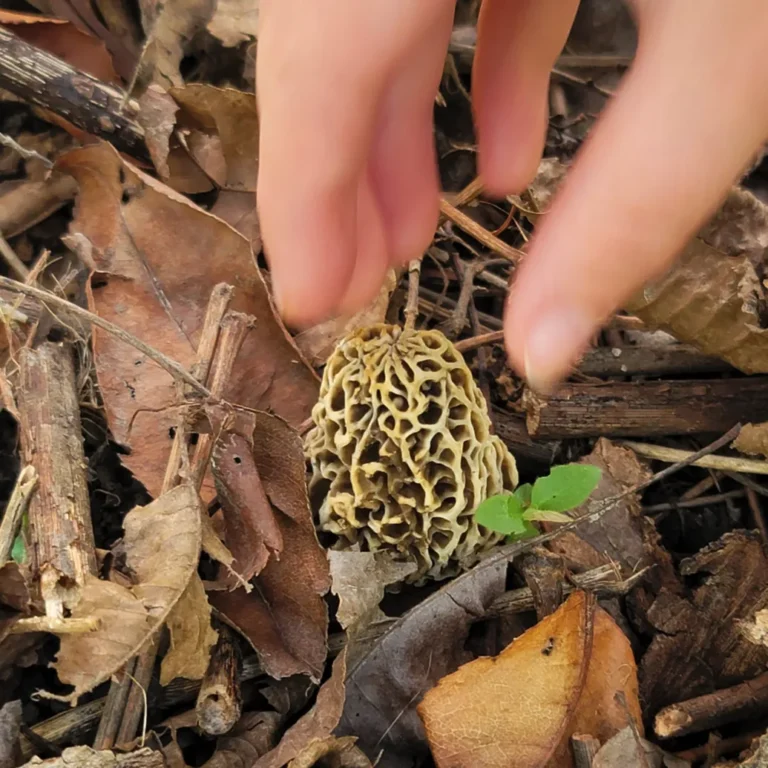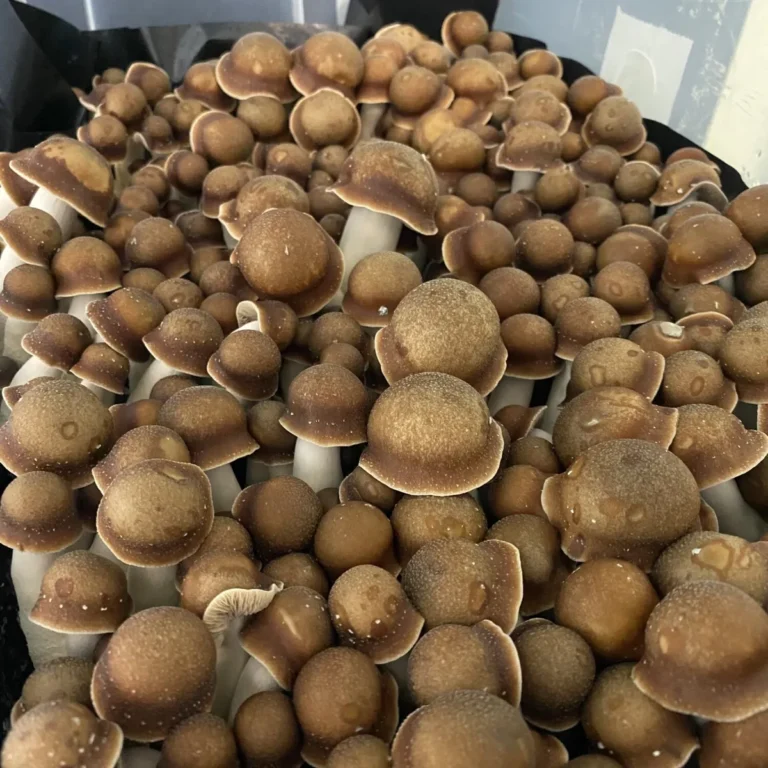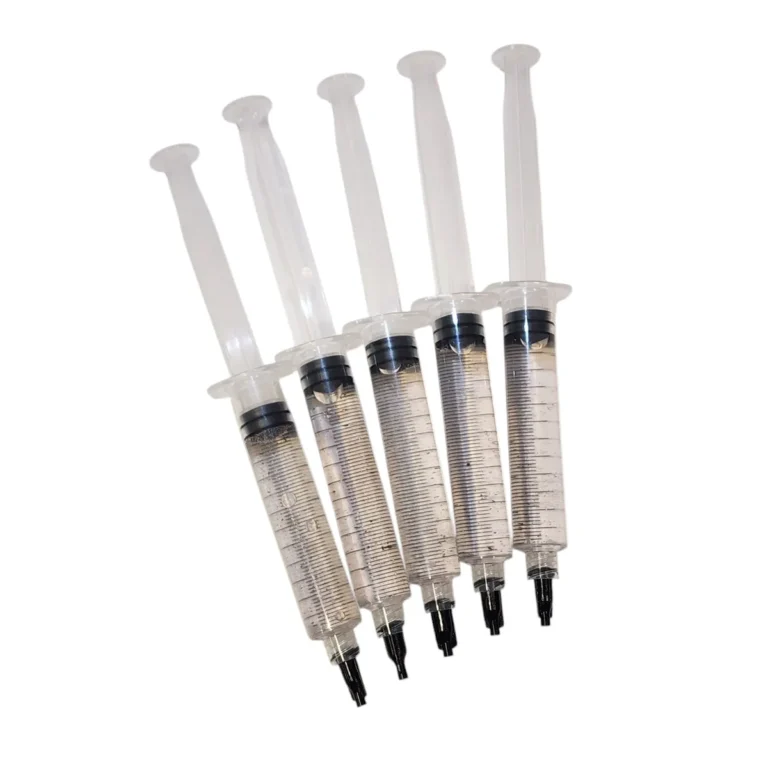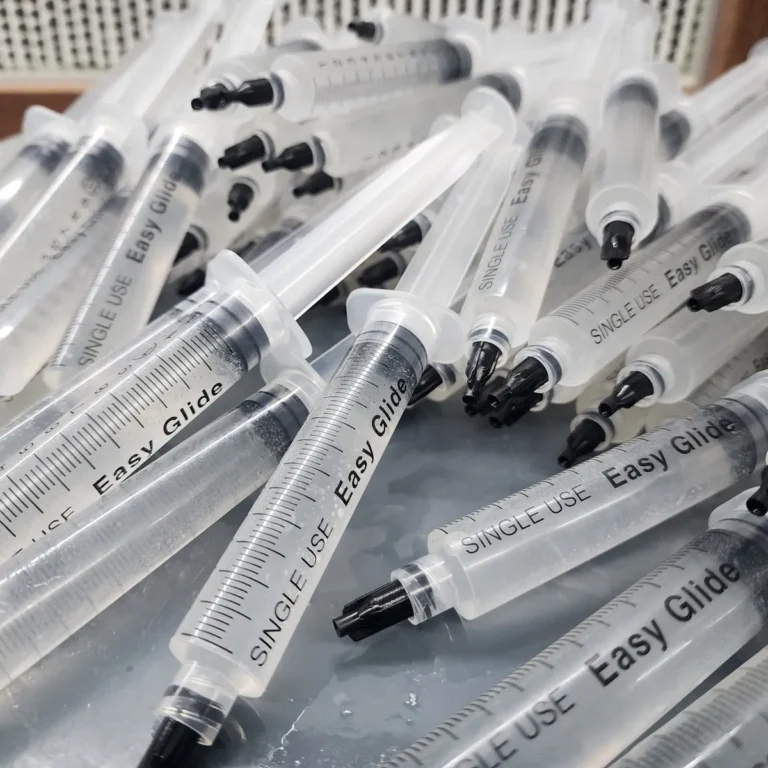Rare Spores: Uncovering the Lore of Golden Halo, Tosohatchee, and Rusty White
Beyond familiar names like B+ and Golden Teacher lies a world of rare spores. These are genetic treasures with rich histories, unique morphologies, and deep roots in underground mycology. These aren’t just strains, they’re legends in the making, each with a story worth preserving.
In this post, we’re spotlighting three of the rarest and most compelling Psilocybe cubensis strains. And they’re all currently available: Golden Halo, Tosohatchee, and Rusty White. From a golden-spored Jamaican wild type to a a Florida landrace preserved from a 2020 field discovery, each of these strains represents something extraordinary.
You’ll also find direct links to their listings in our Genetic Vault, so you can explore or preserve these rare spores for yourself.
It doesn’t matter if you’re a researcher, a taxonomy enthusiast, or a collector of rare genetics. These profiles offer a deeper understanding of what makes these spores so special. So let’s get into them!
Why These Count as Rare Spores
When we talk about rare spores, we’re referring to strains that are difficult to find, highly sought after, or carry exceptional genetic or historical significance. Rarity in the Psilocybe world can mean many things: limited circulation, landrace origins, or unique morphological traits.
What makes strains like Golden Halo, Tosohatchee, and Rusty White so special isn’t just where they came from. It’s also the fact that they’ve been preserved through underground communities and a small group of dedicated cultivators and archivists. Many of these spores have only appeared in limited releases or are known only through oral histories and online forums, adding to their mystique.
From a scientific perspective, rare spores offer a wealth of research value. Unusual pigmentation, such as gold or rust-colored spores, may indicate mutations in melanin pathways or pigment biosynthesis. Landrace strains like Tosohatchee may offer insight into environmental adaptation, spore dispersal, and colony behavior in the wild.
In short, these rare strains are more than collector’s items. They’re mycological time capsules, waiting to be studied, documented, and passed on.
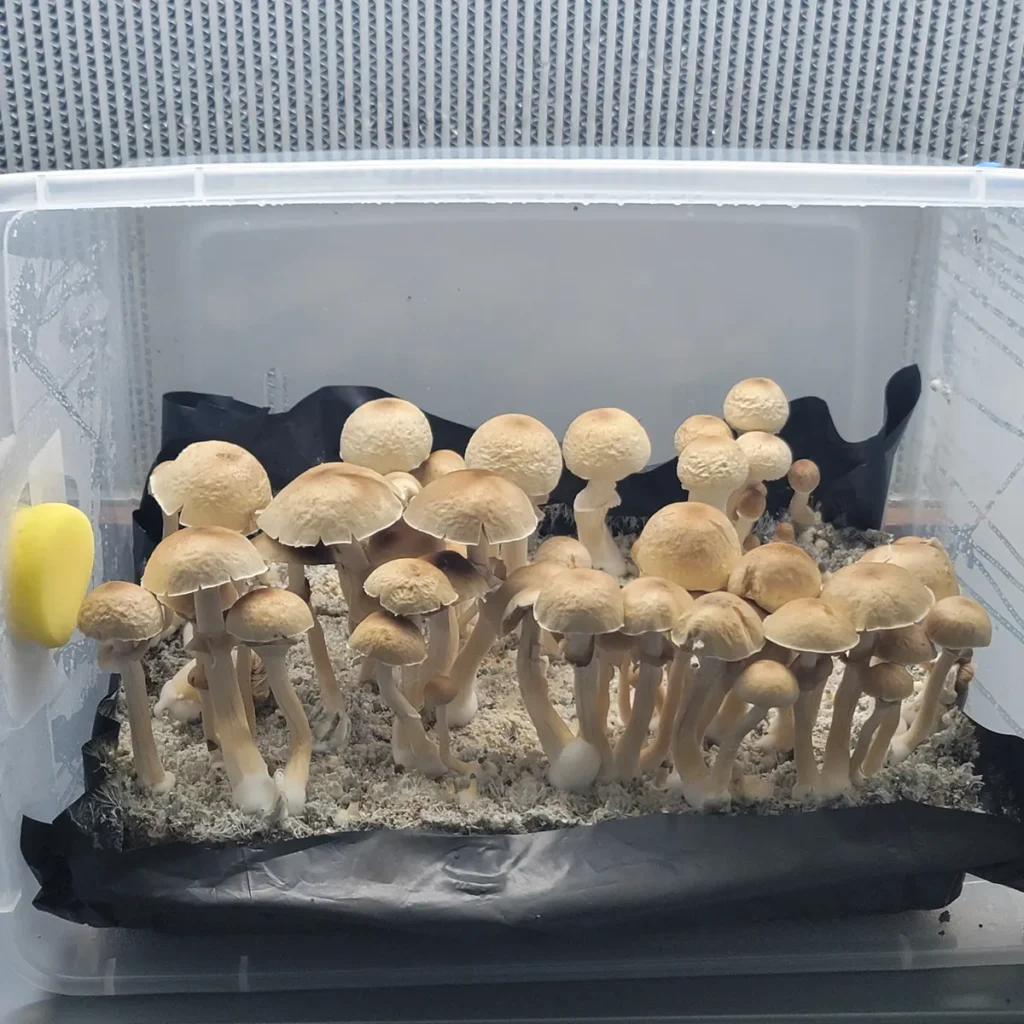
Golden Halo: A Golden Anomaly
Among the most visually striking and genetically intriguing rare spores in the Psilocybe world is the elusive Golden Halo. Originally discovered in Jamaica, this wild strain quickly became a legend in underground circles due to its most unusual trait: it produces golden spores, a complete departure from the dark purples and blacks that typically define Psilocybe cubensis.
The Golden Halo name comes from the brilliant ring of pigment that surrounds the gills and deposits on the cap and surrounding surfaces during sporulation. The mushrooms themselves display distinctive convex caps, often with a deep golden hue that complements the spore color. Stems are sturdy and lightly textured, and the fruit bodies present a luminous quality rarely seen in other strains.
For years, Golden Halo remained inaccessible, more rumor than reality, until preservation efforts brought a viable genetic line back into circulation. Even now, it is only available through a handful of curated vendors and research archives, making it a true collector-grade specimen.
Scientifically, the golden spore pigment opens the door to fascinating research opportunities. Questions around melanin biosynthesis, genetic mutations, and phenotypic expression are central to understanding how and why this strain diverged so dramatically from the norm. It’s also a valuable teaching tool for demonstrating morphological variation within Psilocybe species.Whether you’re building a reference library, studying spore morphology, or simply drawn to the extraordinary, Golden Halo belongs in any rare spore collection.
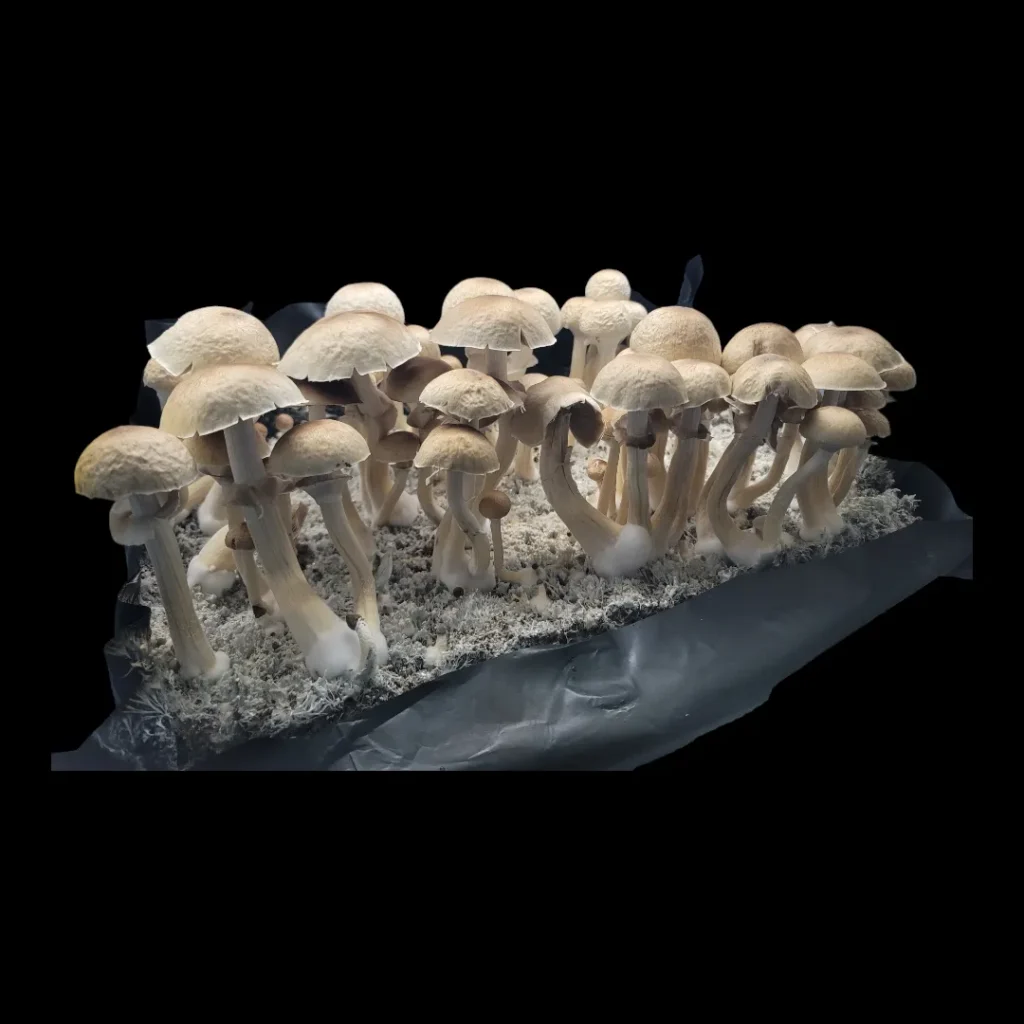
Tosohatchee: The Florida Landrace
For collectors and researchers seeking rare spores with authentic wild origins, few strains rival the mystique of Tosohatchee. Discovered in 2020 at the Tosohatchee Wildlife Management Area in Florida, this landrace Psilocybe cubensis strain is a true regional gem, adapted to the rich subtropical conditions of its native habitat.
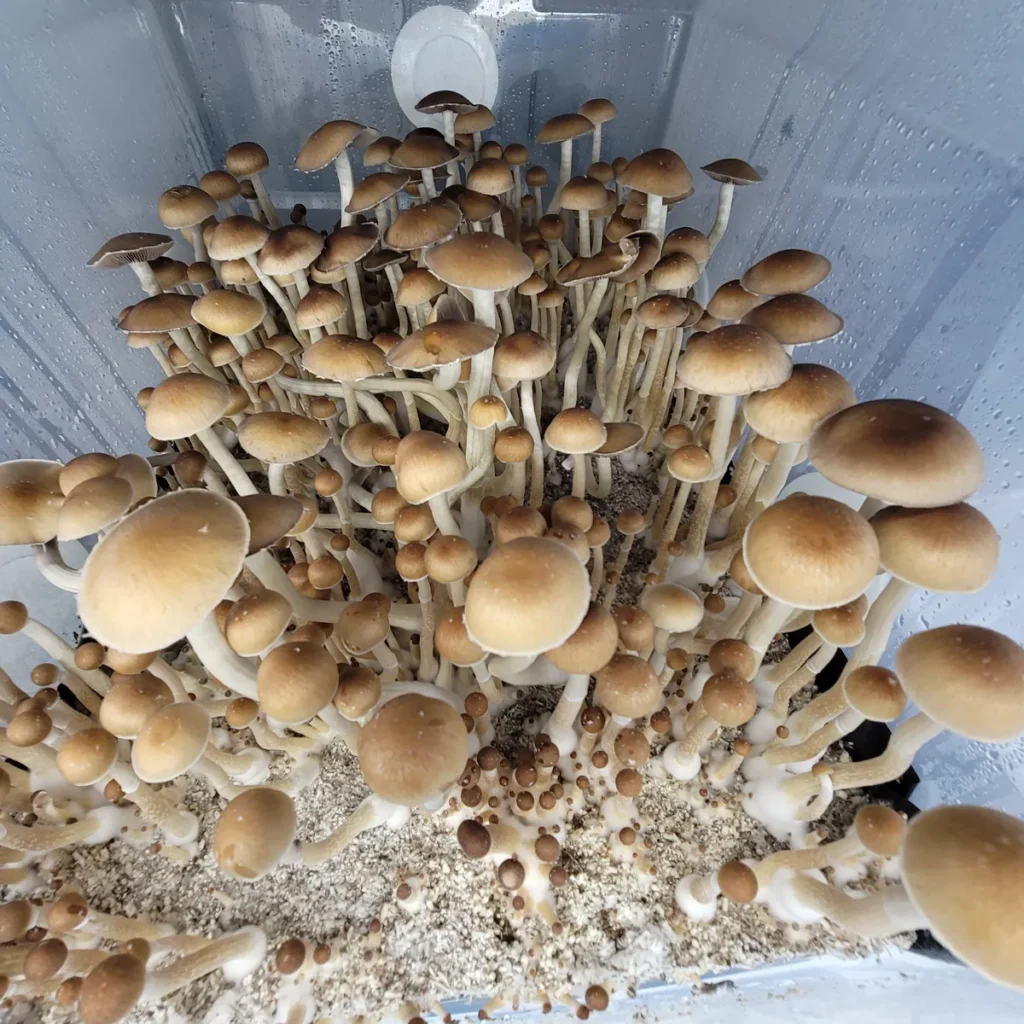
Tosohatchee’s morphology is distinct and immediately recognizable. The fruiting bodies often produce broad, saucer-like caps with smooth golden-to-tan surfaces that flatten out during maturity. Its mycelium is notably aggressive, quickly colonizing substrates with dense, rhizomorphic strands. The spores themselves are purplish-brown and ellipsoidp, consistent with cubensis but often reported to have a darker, more intense pigmentation than many common strains.
What makes Tosohatchee truly special is its ecological specificity. As a landrace, this strain has evolved in response to its local environment, high humidity, variable rainfall, and dense organic matter. That makes it a fascinating subject for research into strain adaptation, environmental resilience, and natural genetic diversity within the Psilocybe genus.
Because it was collected directly from the wild in recent years and only preserved by a small number of cultivators and archivists, Tosohatchee has remained rare and hard to source in commercial spore form. Its inclusion in the Basidium Equilibrium Genetic Vault represents a commitment to preserving regionally significant strains and making them available to responsible researchers and microscopy enthusiasts.
Whether you’re interested in landrace genetics, mycelial behavior, or simply adding something unique to your archive, Tosohatchee delivers both scientific depth and collector appeal.
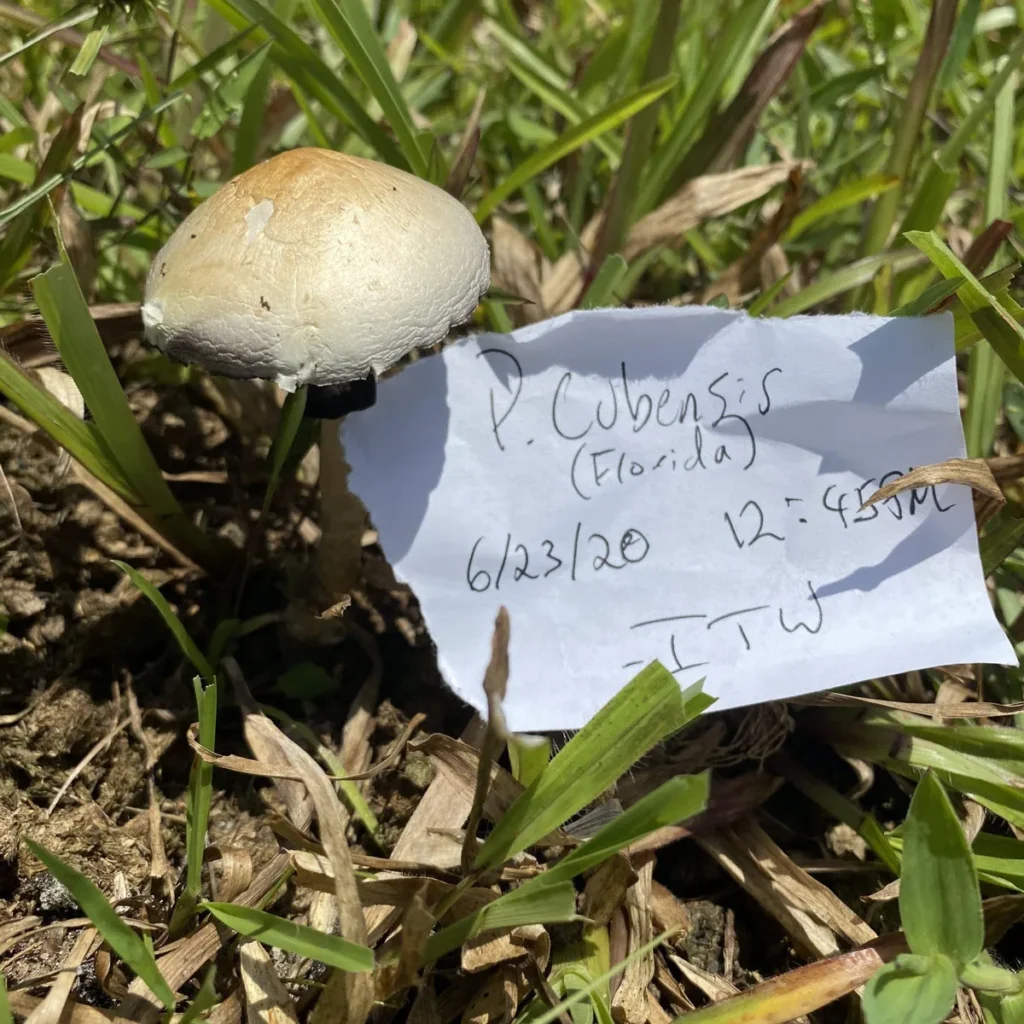
Rare Spores Spotlight: Rusty White – The Leucistic Oddball
Among the most visually fascinating and genetically puzzling rare spores in the Psilocybe cubensis landscape is Rusty White, a strain that defies convention in both color and origin. First created in 2014, Rusty White is a hybrid cross between Leucistic A+ and Columbian Rust Spore, two iconic strains known for their extreme pigmentation traits. The result is a pale, ghostly mushroom that drops rust-colored spores, a true anomaly in the mycological world.
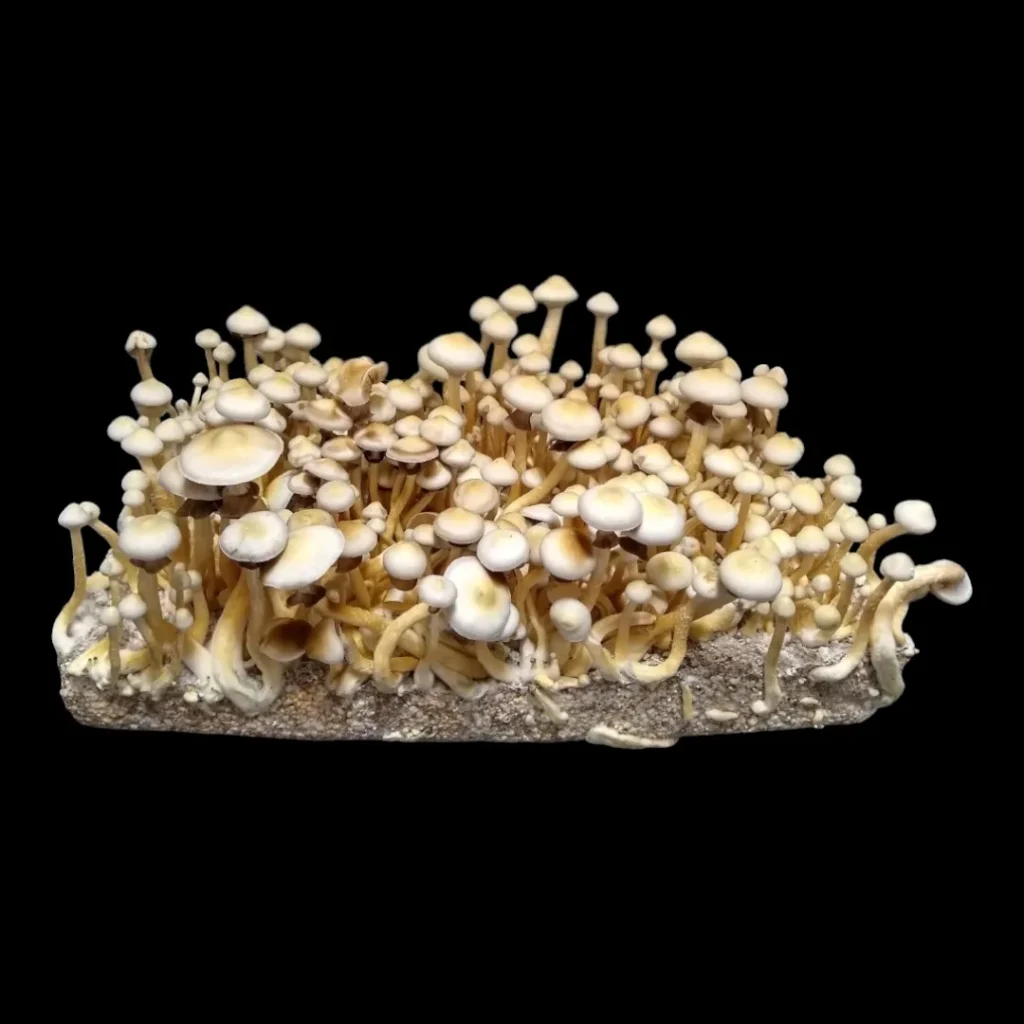
Morphologically, Rusty White fruiting bodies are leucistic, meaning they lack most pigmentation in their flesh but are not true a albino. The stems and caps are creamy white with a smooth, almost translucent finish. But the real surprise lies beneath the gills: rusty orange-brown spores, which sharply contrast with the fruit body’s washed-out exterior. This striking duality is part of what has cemented Rusty White’s status as a cult favorite among spore collectors.
What makes Rusty White particularly rare is its genetic stability. Many hybrid strains struggle to maintain consistent spore production, especially when combining such extreme traits. But, Rusty White produces a reliable rust-colored spore print, even across generations. To date, it remains the only known stable cubensis hybrid with this unique phenotype.
From a research standpoint, Rusty White invites exploration into pigment expression, hybrid resilience, and the pathways that control spore coloration. For advanced microscopy users and taxonomic researchers, this strain represents a valuable tool for studying non-standard Psilocybe phenotypes.
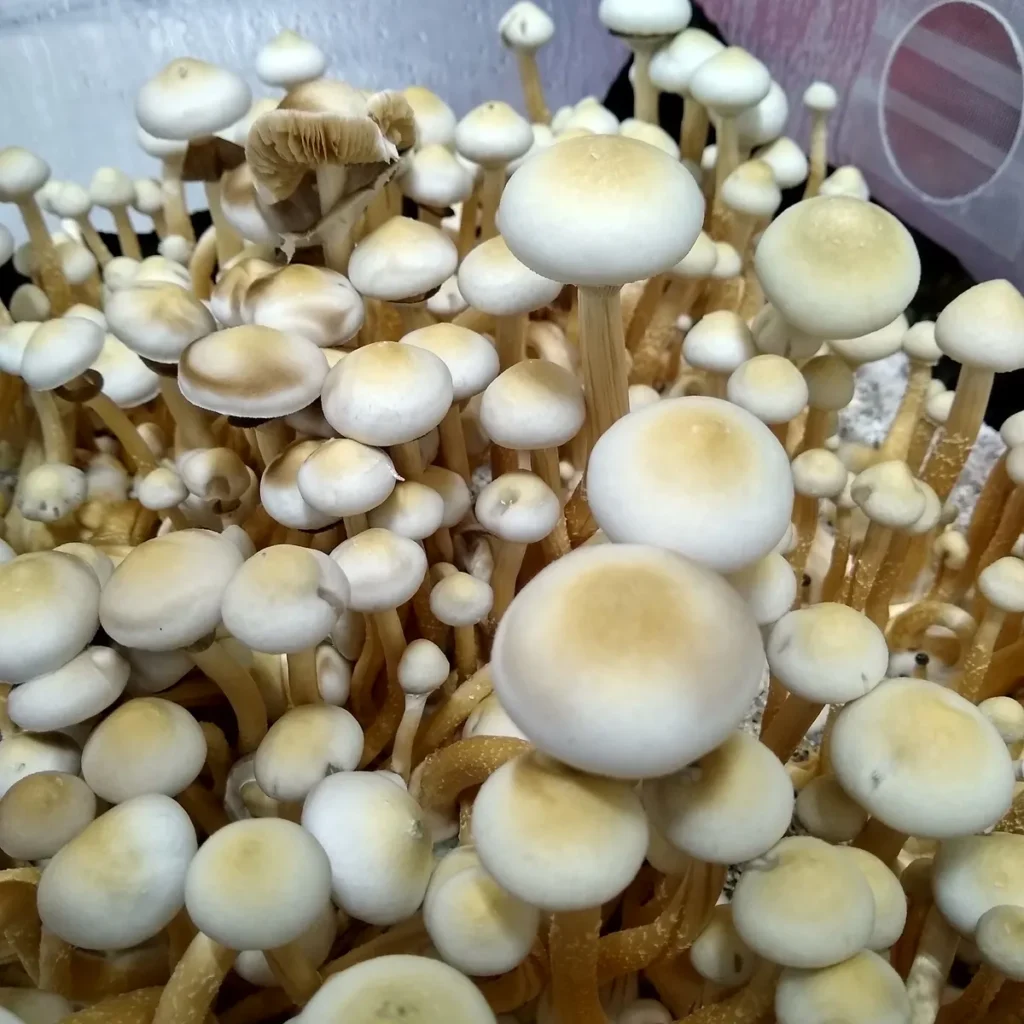
At Basidium Equilibrium, we proudly preserve this one-of-a-kind genetic in our vault, offering clean, microscopy-grade Rusty White spore syringes. These are for for collectors and researchers who crave something rare, beautiful, and a little bizarre.
Why Rare Spores Matter More Than Ever
Our world is filled filled with over-commercialized strains and generic genetics. Rare spores offer something different: depth, mystery, and a direct line to the untold corners of fungal history. These strains remind us that mycology is as much art as science.
At Basidium Equilibrium, we’re proud to preserve and offer these rare spores through our Genetic Vault. This project ensures that their legacies aren’t lost to time or forgotten in the noise of more common strains. Each spore comes from ethically sourced, lab-prepared material, ready for microscopy, taxonomy, and research.
Want to explore more?
Browse our growing archive of rare Psilocybe strains and bring home something truly one-of-a-kind.
Get notified first.
Sign up for our newsletter to receive rare strain drops, microscopy insights, and early access to limited releases.
Rare isn’t just about scarcity, it’s about story. And these spores have one worth telling.
